| Structure | Name/CAS No. | Articles |
|---|---|---|
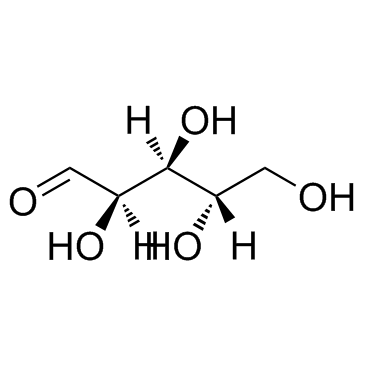 |
L-(+)-Arabinose
CAS:5328-37-0 |
|
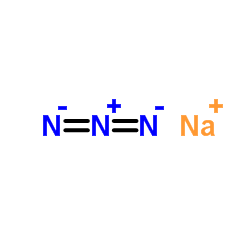 |
Sodium azide
CAS:26628-22-8 |
|
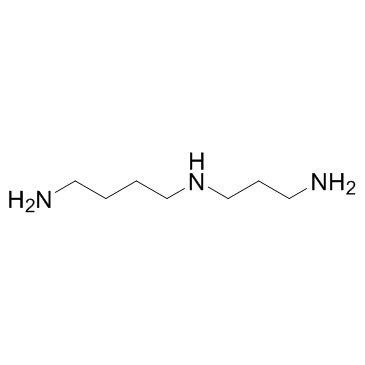 |
spermidine
CAS:124-20-9 |
|
 |
N-hexane
CAS:110-54-3 |
|
 |
Methanol
CAS:67-56-1 |
|
 |
Dichloromethane
CAS:75-09-2 |
|
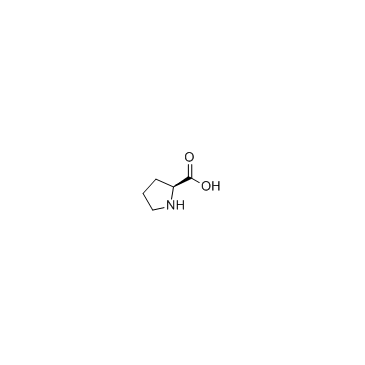 |
Proline
CAS:147-85-3 |
|
 |
L-cysteine
CAS:52-90-4 |
|
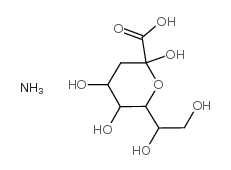 |
3-Deoxy-D-manno-2-octulosonic acid ammonium salt
CAS:103404-70-2 |
|
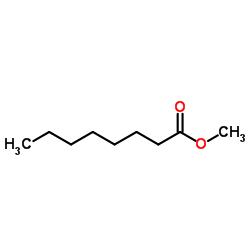 |
Methyl octylate
CAS:111-11-5 |